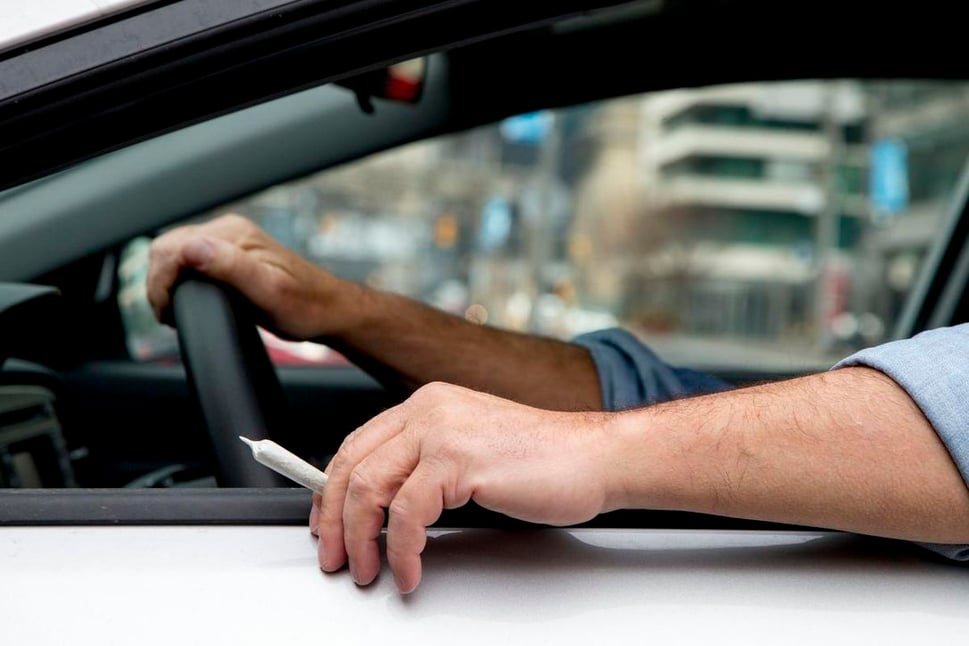If governments and safety organizations across Canada needed a fire lit under their feet to boost public education around the dangers of driving while stoned on cannabis, Statistics Canada delivered it on Thursday.
A survey conducted by the government agency indicates an alarming number of cannabis users with a driver’s license are toking or ingesting it before getting behind the wheel.

Indeed, one in seven said they had driven at least once in the past three months within two hours of using the drug. By doing so they are endangering not just themselves but their passengers and other road users.
And these findings only add to the concerns raised by a Public Safety Canada study released last fall. It found 28 per cent of respondents had driven high. And, alarmingly, it found one in 10 thought cannabis made them “a better driver.” Research, of course, shows that cannabis negatively affects reaction time, decision making, motor skills, co-ordination, attention and judgment.
In fact, the percentage of Canadian drivers killed in vehicle crashes who test positive for drugs (40 per cent) exceeds the numbers who test positive for alcohol (33 per cent).
If so many people think they can get away with driving stoned now, what will happen when the recreational use of cannabis becomes legal on Oct. 17?
Legalization is the right move, but the results of these surveys are cause for concern on the issue of road safety.
October is a mere blink of an eye away compared to the time it takes for public education campaigns to influence behaviour. It has taken decades to make inroads on the problem of drinking and driving, and get the message to sink in that it’s dangerous and socially unacceptable. And even now it still happens.

